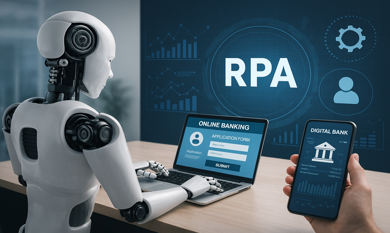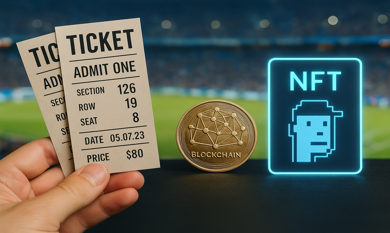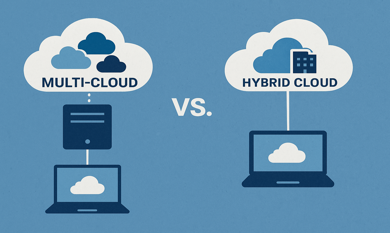The demand for outstanding software development continues to rise as a result of the competition. With more brands on the horizon, it’s more important than ever to streamline specs to satisfy business needs. Any software development company’s engagement model is one of those essential areas that requires attention. Brands must take caution and a thorough understanding of the model. Engagement models are now either outsourced or freelanced. It has expanded from an in-house development team to an off-site custom software development company.
According to a recent survey, the worldwide IT outsourcing market will expand by USD 98 billion between 2020 and 2024. The numerous advantages vary from easier access to a diverse pool of talent to greater cost control and reduced marketing time.
However, because software development is unique to each project, there is no one-size-fits-all engagement model for software development. Every software development engagement model has its own set of advantages and disadvantages, allowing it to be tailored to unique development projects.
What is a Software Development Engagement Model?
An engagement model is nothing but a plan or strategy for describing a customer-vendor partnership during project development.
Software companies’ engagement models define how specialists and professionals are involved in software development, as well as their roles, payment terms, management issues, and deadlines.
However, no single software development engagement model is suitable for all sorts of projects or meets the needs of all customers.
Types of Software Development Engagement Models
There are a number of IT engagement models to choose from, each with its own working mode, price terms and conditions, and vendor team project engagement. Let’s take a look at the most common engagement model scenario and identify their unique characteristics.
Fixed Price Model
Fixing the pricing involves deciding the scope of the project, as well as the project needs and timeframes. Without comprehensive initial planning, estimating, and analysis sessions, this model would never operate. The more you plan ahead of time, the better the outcome will be. It is the most suited approach for small and medium-sized software projects.
Choose Fixed Price Engagement Model when:
- The requirements are clear, clearly defined, and unlikely to change
- You work on short-term or medium-term projects that aren’t expected to last more than a few months.
- Previously, you used to outsource comparable work.
Pros
- There is a small margin for error considering that the project is highly specified.
- This model stays under budget.
- At the initial stage, the team gains clarity of the programme and there is more room for improvements.
- There is no requirement for client supervision.
- This model could provide 100% accuracy if all parameters are adjusted correctly.
Cons
- There will be no last-minute modifications.
- Before starting the project, there will be a lot of meetings and talks.
- This is not a flexible model. There is no way to add anything later.
Time and Material Model
A cost-effective model in which the amount of money spent is proportional to the amount of work completed. For the assigned project resources, the customer and vendor normally agree on an hourly, daily, or weekly pricing. It’s the ideal model for maintaining a strong client-vendor relationship through constant communication. It’s a flexible model that allows for project specifications to be changed at any time.
Choose the Time & Material Engagement Model when:
- Your requirements are continually changing or unclear.
- It’s a big project with a lot of iterations ahead of it.
- You value transparency in customer-vendor relationships.
Pros:
- Extremely flexible and versatile.
- Granular monitoring makes it possible which is very useful for agile approaches.
- Appropriate for software solutions based on research.
- You have complete control over the project.
Cons:
- The client is fully involved in the process.
- The cost of software development is higher than expected.
- High-risk factors.
- Numerous last-minute changes can cause the project to be delayed.
Dedicated Developer Model
A project engagement model with a dedicated team includes the offshore, nearshore, or onshore vendor’s specialists extending the client’s team, while the other project members remain on the client’s side.
This model eliminates all of the drawbacks of the previous two variants. You can experiment with new software features or swap resources, or you can make as many changes as you like. Furthermore, you have control over the price.
Choose the Dedicated Team Engagement Model when:
- You need more manpower for your in-house development team.
- You like cross-border knowledge sharing and bringing in outside ideas.
- You have a clear picture of how your project should progress and the time and resources to keep up with all elements of management.
Pros:
- The client has a staff of knowledgeable and experienced employees.
- Track your progress in real time.
- Despite changes in workload and revisions, the budget remains consistent.
- The client is in charge of resource allocation, timelines, and so on.
Cons:
- The client should have done a lot more planning for the process, including assigning tasks to team members.
- The client must have clarity and vision to get the most out of his team.
- When you have both in-house and dedicated developers, you could have some disagreements.
CONCLUSION
The engagement model would be more advanced the more complicated the software development project is. It would also have long-drawn-out development methods. As a result, it would necessitate the hiring of dedicated developers.
Theta Technolabs offers software consulting and custom software development services and solutions. We enable organizations to adopt emerging technologies to automate their processes, scale their operations and accelerate their growth.






















_Choosing%20the%20Right%20App%20Development%20Company_%20A%20Comprehensive%20Guide_Q1_24.jpg)
_Chatbots%20for%20Event%20Management%20and%20Hospitality%20Services_Q1_24.jpg)
_Best%20iOS%20App%20Development%20Company_%20Enhancing%20User%20Engagement%20with%20Push%20Notifications_Q2_24.jpg)
_Key%20Trends%20in%20Healthcare%20Software%20Development%20for%20the%20Future_Q2_24.jpg)
_How%20much%20does%20it%20cost%20to%20create%20an%20android%20app%20in%202024%20for%20Startups_%20A%20detailed%20guide_Q2_24.jpg)
_Integrating%20Chatbots%20Into%20Your%20Application.jpg)


_Enhancing%20Driver%20Safety%20and%20Compliance%20with%20Web%20Apps%20in%20the%20Logistics%20Sector_Q3_24.jpg)
_Web%20Apps%20for%20Retail%20and%20eCommerce_%20Streamlining%20Operations%20and%20Reducing%20Costs_Q3_24.jpg)
_How%20AI%20is%20Enhancing%20Construction%20Site%20Surveillance%20and%20Security%20in%20Dallas_Q3_24-1.jpg)
_The%20Impact%20of%20Cross-Platform%20Apps%20on%20Real%20Estate%20Market%20Trends%20in%20Dallas_Q3_24-1.jpg)
_Streamlining%20Appointment%20Scheduling%20with%20Cloud%20Computing%20in%20Dallas%20Healthcare_Q4_25.jpg)
_How%20Cloud%20Solutions%20Are%20Enhancing%20Remote%20Patient%20Monitoring%20in%20Healthcare_Q4_25.jpg)































.png)



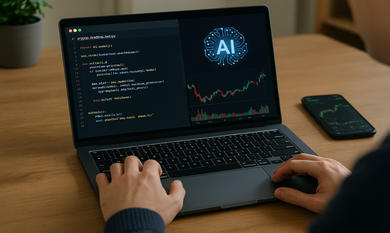

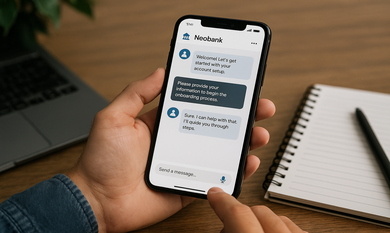
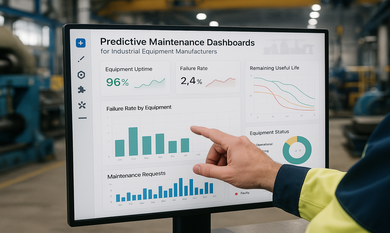


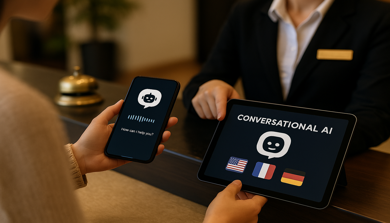


.png)

.png)
.png)
.png)
.png)


.png)
.png)
.png)
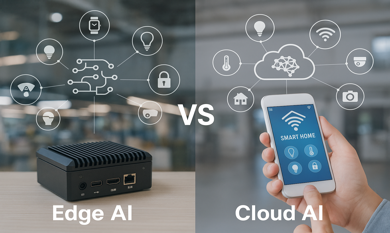
.png)






.png)
.png)




